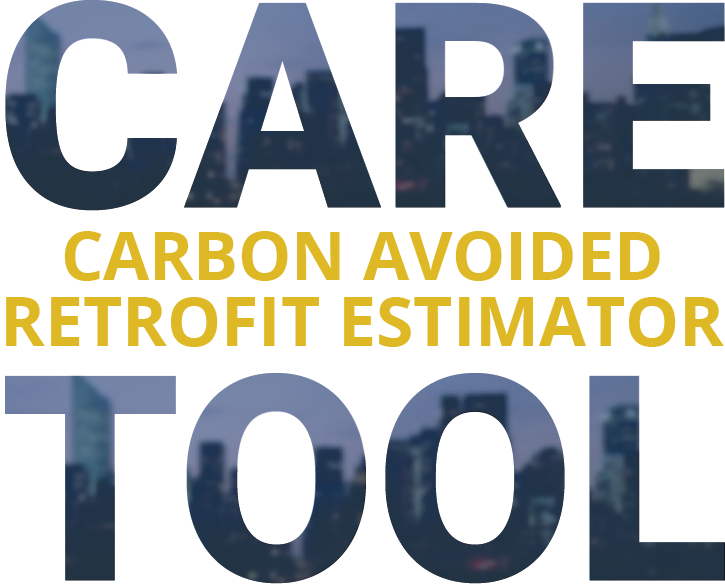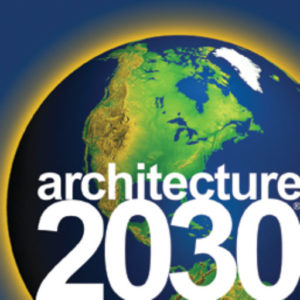
The CARE Tool:
Unlocking the Value of Reuse
May 2022 | announcements
In this critical decade for climate action, the existing built environment is a key asset to achieve substantial, near-term carbon reductions. Leveraging the buildings we already have avoids embodied emissions from new construction, reduces operational emissions from existing buildings, and provides social and economic co-benefits.
In most cases, the greenest building is the one that already exists, but that wisdom can be challenging to quantify. This means that carbon benefits of reusing existing buildings are rarely incorporated in climate planning, carbon tracking, or design decision-making. The Carbon Avoided: Retrofit Estimator (CARE) Tool addresses this gap by offering high-level total carbon projections for reusing and upgrading existing buildings compared to replacing them with new construction. These carbon estimates offer important decision-making information about the quantitative climate benefits of building stewardship.
The need for the CARE Tool is urgent and has been established through expressions of interest from a diverse set of stakeholders, ranging from architecture and engineering practitioners to city officials, historic preservation commissioners, and global NGOs. A proof-of-concept version of the CARE Tool has been developed and vetted thanks to seed funding and the support of industry partners, including the Zero Net Carbon Collaboration for Existing and Historic Building (ZNCC), the Climate Heritage Network (CHN), Architecture 2030 and the Carbon Leadership Forum (CLF).
We are excited to announce that Architecture 2030 will now manage and provide the staff support to complete the first phase of the development for the CARE Tool’s online interface by fall 2022.
“The CARE Tool team is thrilled to launch the next stage of development that will bring CARE to the public as a free, online tool. We are grateful that the tool has found a home with Architecture 2030, the leaders of which are stepping up to provide the much needed organizational infrastructure to house and maintain this critical effort. They also provide a pathway for the CARE Tool team to raise the required financial support to deliver a free, easy-to-use online tool, and to continue to add to and improve the tool’s data, methodology, and features.”
– Lori Ferriss, Director of Sustainability and Climate Action at Goody Clancy; Climate Heritage Network Steering Committee Representative; ZNCC Founding Co-Chair
“Architecture 2030 has been my touchstone and inspiration for reducing carbon emissions from the built environment since 2008. Their mission is completely aligned with that of the CARE Tool. We are grateful for their leadership and support, as we are for the seed funding provided by a 2020 ONEder Grant and 2021 Moe Family Fund Grant through the National Trust for Historic Preservation via the Boston Preservation Alliance. We need to build on this momentum and raise the additional funding needed to take the CARE Tool online. We invite you to join us.”
– Larry Strain, FAIA LEED AP, Consulting Principal, Siegel & Strain Architects
We expect to launch the CARE Tool in fall 2022.
The CARE Tool team needs your help.
We are asking for your financial support to launch the CARE Tool as a free online tool! Your tax-deductible donation (2030, Inc. / Architecture 2030 is a 501(c)(3) organization) will allow us to make the tool publicly available through an online interface and build the foundation for the next stages of development. Please visit the CARE Tool’s new website at caretool.org to learn more and to donate.
ABOUT US
Architecture 2030’s mission is to rapidly transform the built environment from the major contributor of greenhouse gas emissions to a central solution to the climate crisis.



